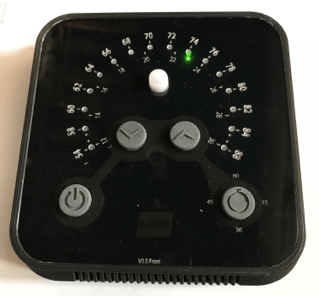Enabling Technologies
Intelligent HVAC Controls for Low Income Households
HVAC energy use is typically the largest load in low-income households, which have fewer plug and appliance loads and suffer from substandard HVAC systems, poor building envelope, and lack of energy awareness. However, one of the most cost-effective energy-efficiency measures, smart thermostats, cannot be widely applied in low-income housing because the residents typically do not have broadband access. Most low-income residents are not in a position to afford expensive adaptations to the duct system or HVAC unit replacements, especially in rental accommodations.
Behavioral adaptations enabled through optimized settings and advanced algorithms is the easiest and possibly most cost-effective method to address HVAC energy use. A low-cost HVAC controller with a very simple user interface (UI) that understands occupant comfort preferences and manages indoor conditions to optimize energy use, without requiring connection to the Internet, could overcome the economic and technology barriers.
The goal of this project was to develop a thermostat capable of selling for $60 retail that has two components: a very simple wall interface that would connect to a mobile tablet or phone via Bluetooth for more sophisticated interactions, such as scheduling.


